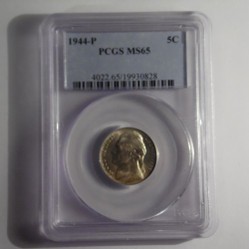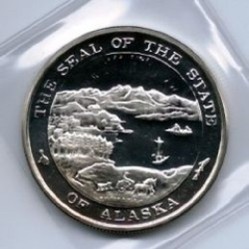Coins are graded on a scale of 70, with grades of 60 through 70 being reserved for uncirculated. In theory, a coin has grade 70 if it is perfect. Many coin collectors hold firmly that there is no such thing, and restrict their purchases to grades 69 and lower. And, they get a huge price break when they do this.
In addition to the number are letters, such as PF or MS. PF means the coin has a proof finish, and MS is used for all other coins, with the letters standing for Mint State.
Special designations such as Reverse Proof, Cameo, and Deep Cameo are also important.










 UAPs, Formerly UFOs, If They Are Real How Can We Explain Their Arrival to Earth?9 days ago
UAPs, Formerly UFOs, If They Are Real How Can We Explain Their Arrival to Earth?9 days ago
 Polar Coordinate System11 days ago
Polar Coordinate System11 days ago
 Aurora Can Disrupt Electrical Devices And Even the Grid?12 days ago
Aurora Can Disrupt Electrical Devices And Even the Grid?12 days ago
 Overcoming Difficulties Encountered with Mathematics13 days ago
Overcoming Difficulties Encountered with Mathematics13 days ago



Comments
It is too humid here for stamps, and I know little of them. But someone, I do not have the expertise, can also do paper currency. Thanks for stopping by.
I want to remember this site, because I collect stamps (not coins) but could do a similar article concerning stamps.